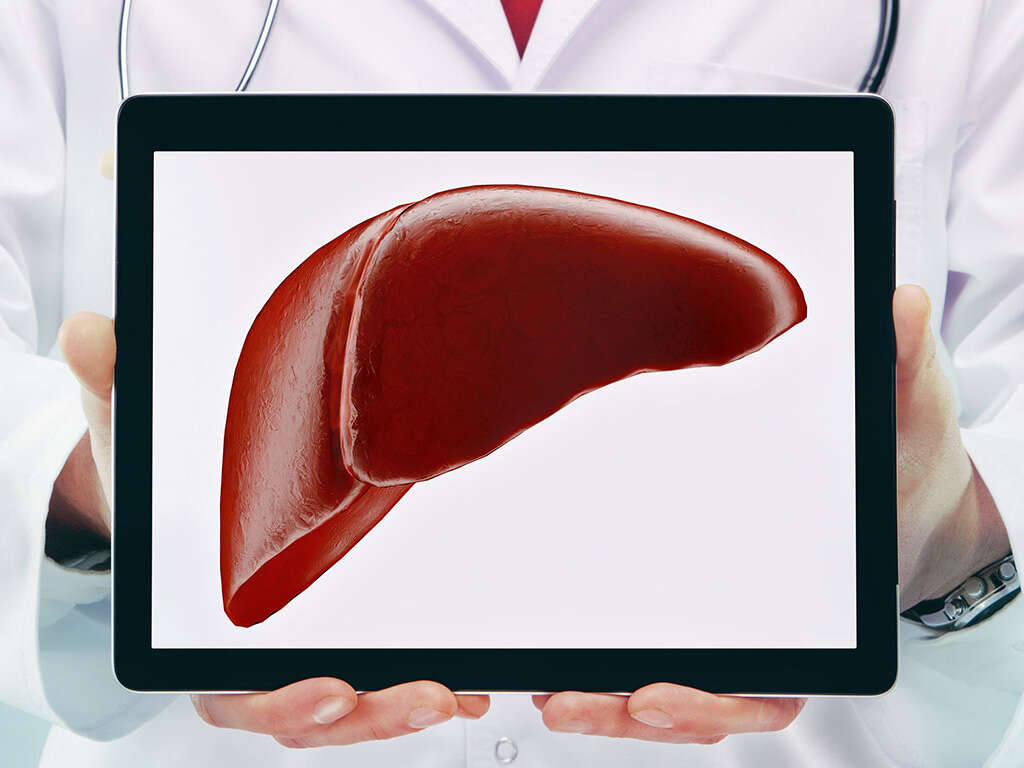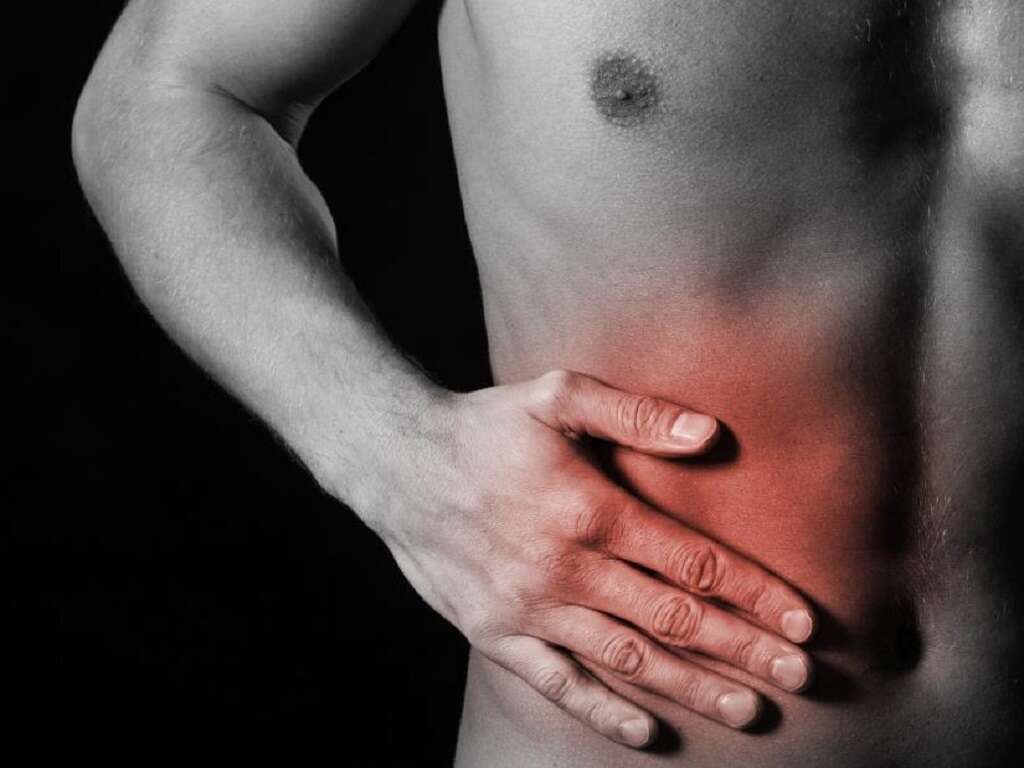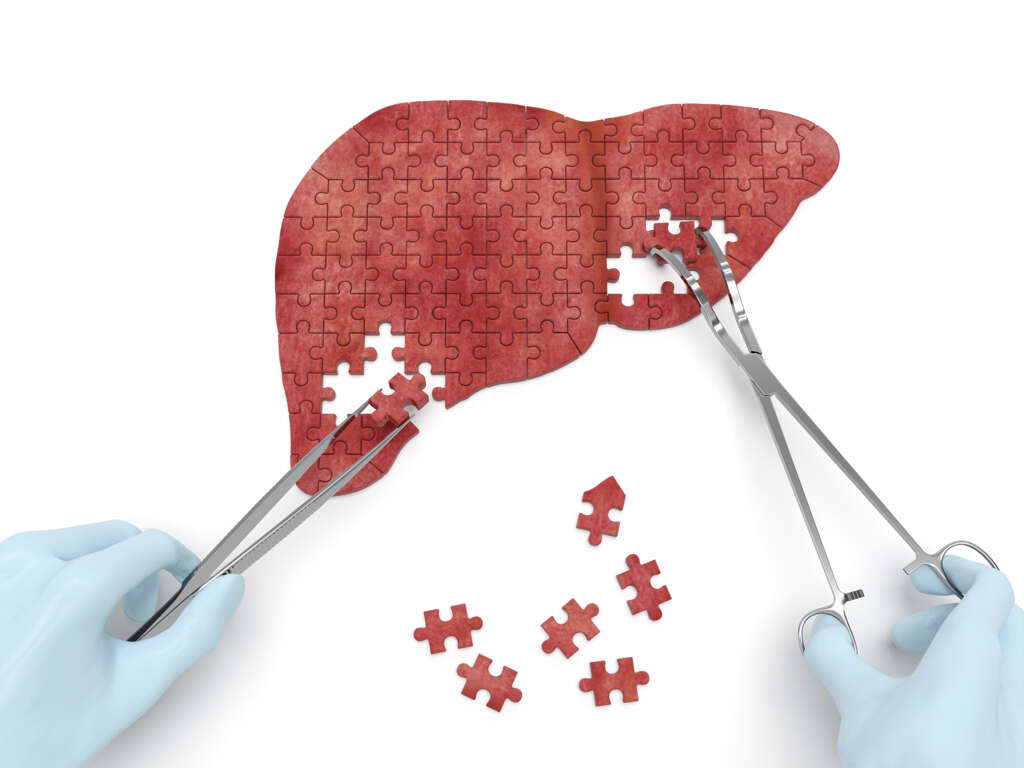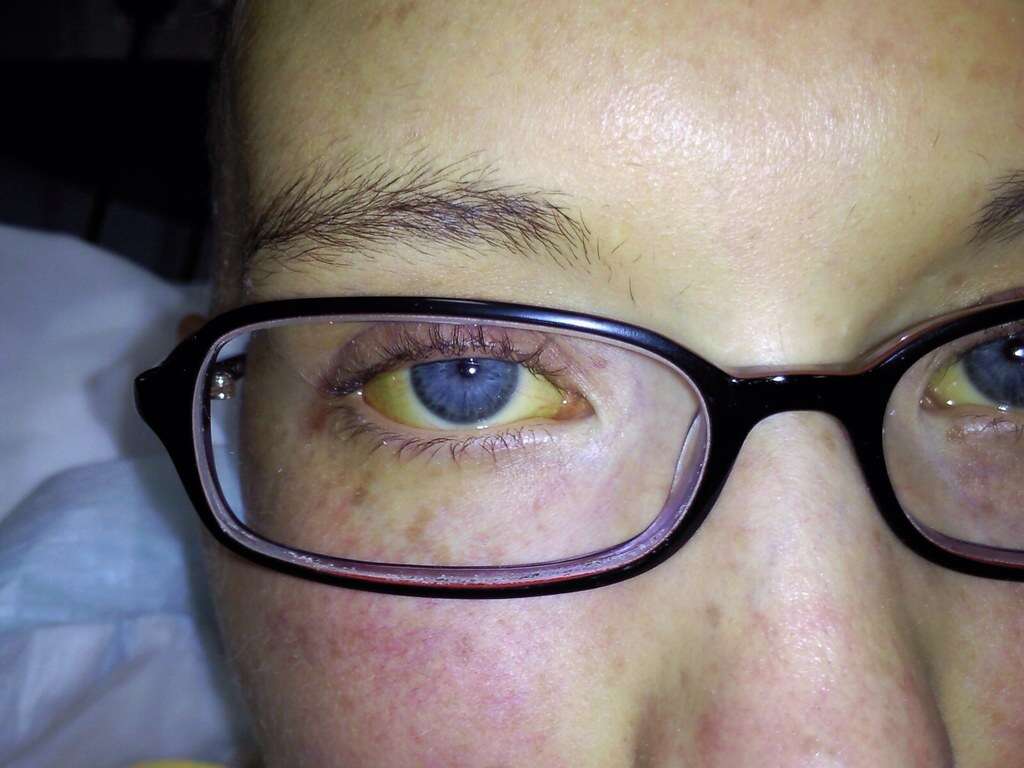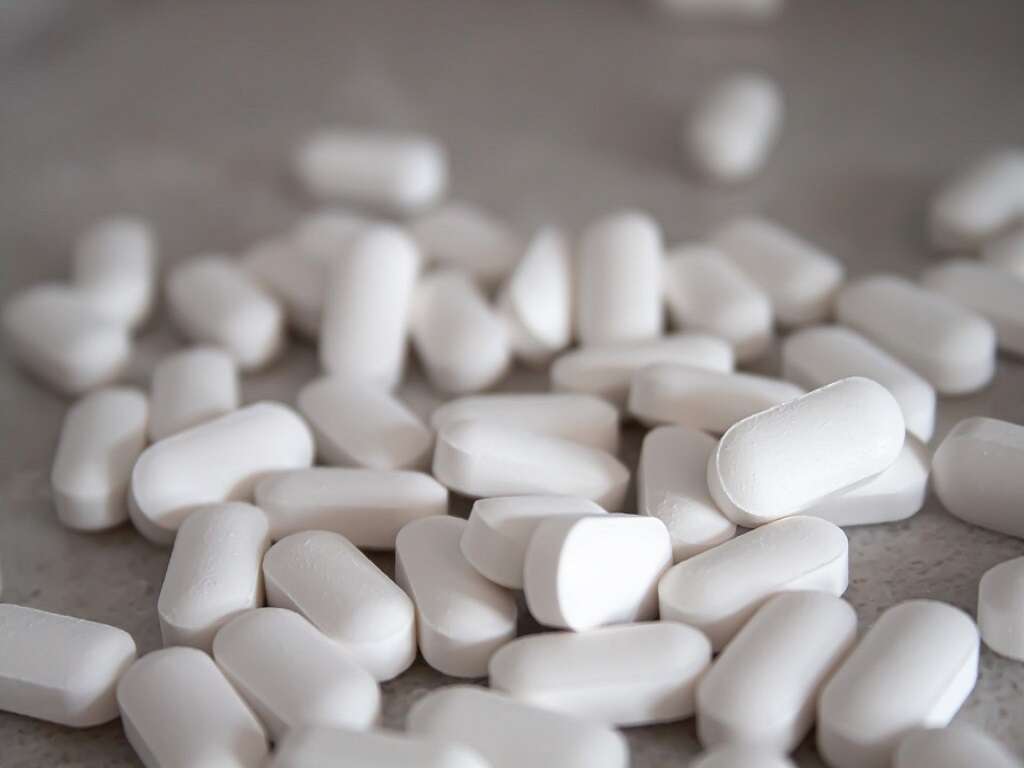What Is a Fatty Liver?
Our bodies have many parts and organs that serve multiple important purposes. The liver is amongst the most important and is the single largest solid organ. By adulthood, it can be as big as a football, though it is really more triangular in shape.
Reddish-brown in color and with a rubbery texture, this organ is situated just under the ribcage, to the right of the abdomen, and just over the gallbladder. It works to help the body digest, process, and absorb food. It is an essential organ that carries out more than 500 tasks for the body. It is also amazing in its unique ability to regenerate. This is, however, all compromised when a person suffers from a fatty liver.

1. Liver Functions
The liver serves several major purposes in maintaining human life. The first is to clean the blood. The liver aids in the removal of toxins from the body. These toxins are often the result of normal bodily functions like breaking down proteins that we consume through food. The liver also facilitates the removal of waste material that is then sent out as fecal matter or urine.
It also produces a digestive juice called bile. Bile is accumulated in the gall bladder. This yellowish-green fluid helps the body to absorb fat drawn from our food, into the bloodstream. The liver also acts as a store for glycogen. This is a form of glucose that is made from carbohydrates that have been broken down and digested. Glycogen acts as a backup energy source for when the body needs a boost.
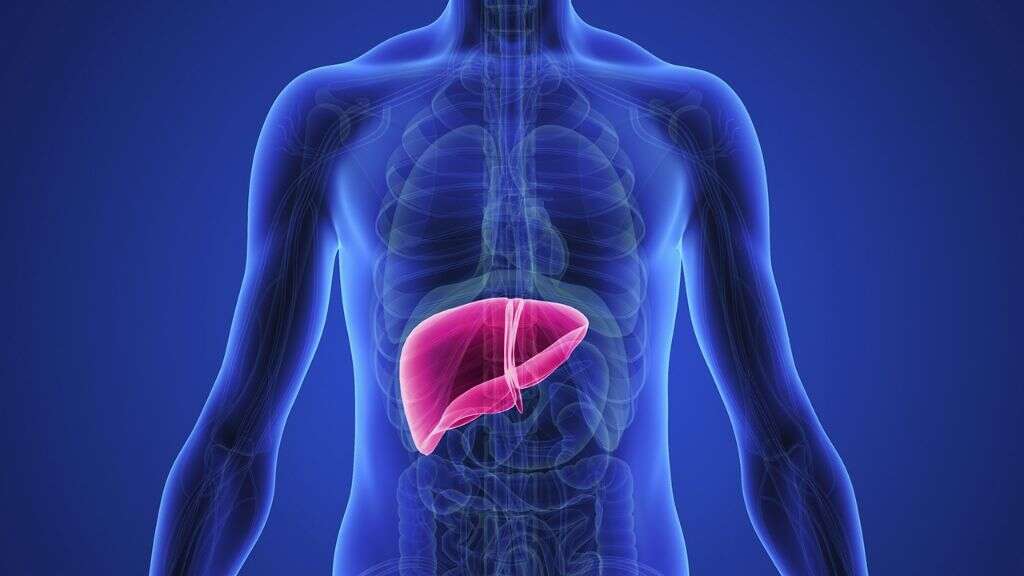
2. Nonalcoholic Fatty Liver (NAFL)
Fatty liver occurs when there has been an excessive buildup of fat in liver cells. A healthy liver may have some fat, but no more than about 5%. Drinking excessive amounts of alcohol can contribute to fatty liver. However in most cases of fatty liver, alcohol is not a factor. The majority of fatty liver cases are classified as nonalcoholic fatty liver (NAFL).
At this stage of the disease, the damage can be reversible. However, NAFL often goes undiagnosed, allowing the condition to worsen until it becomes nonalcoholic steatohepatitis (NASH). When one suffers from NAFL, the excessive amount of fatty liver cells can cause liver inflammation. This problem is prevalent in the West thanks to poor diet and sedentary lifestyles. It is estimated as much as 30% of people may have NAFL.
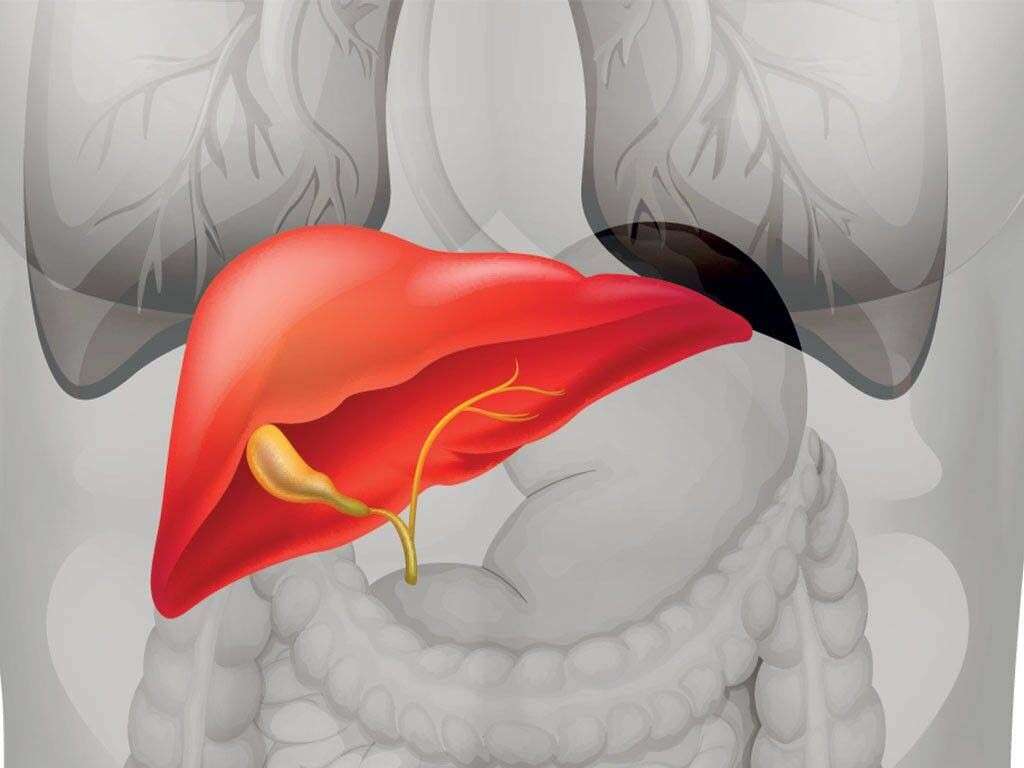
3. Nonalcoholic Steatohepatitis (NASH)
When NAFL is left untreated, the condition will turn into NASH. This is a severe and aggressive form of liver disease. At this point, as the inflammation is prolonged, and the liver becomes swollen and causes tissue damage. This results in scarring. Too much scarring and liver function are affected. Liver failure and cirrhosis can then occur.
Liver failure can make the organ unable to function properly as liver tissue turns into scar tissue. With the repeated injury to liver tissues, the cells become unable to regenerate. The cirrhosis damage can be similar to what results when a person abuses alcohol excessively.
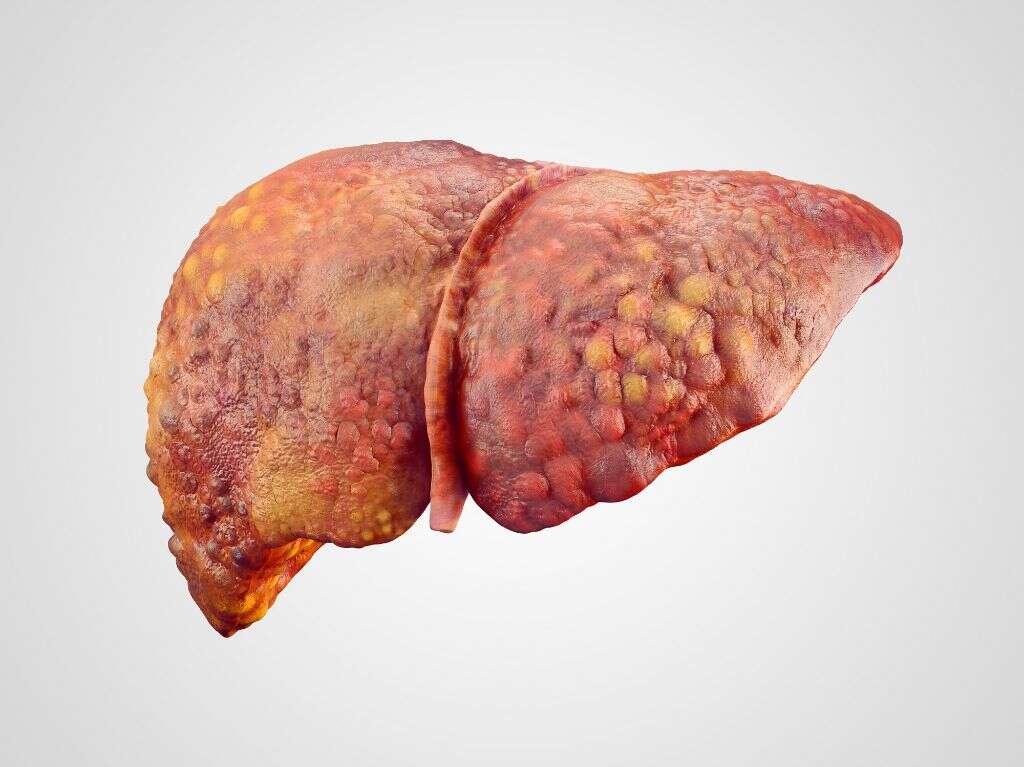
4. Obesity
Being obese can contribute greatly towards fatty liver. As other parts of the body begin to store more fat, so too does the liver. In most cases, this can cause a low-grade inflammation that is not easy to detect. Well over a third of adults with obesity have NAFL. This problem has also started to affect children who are also increasingly becoming obese at a young age.
Many obese people carry excess weight around their belly. This makes them more likely to suffer NAFL. This weight and excess belly fat are often driven by a diet high in carbohydrates. Due to this high consumption and the body is driven to store more fat as glycogen. This is what eventually results in NAFL and can lead to NASH.
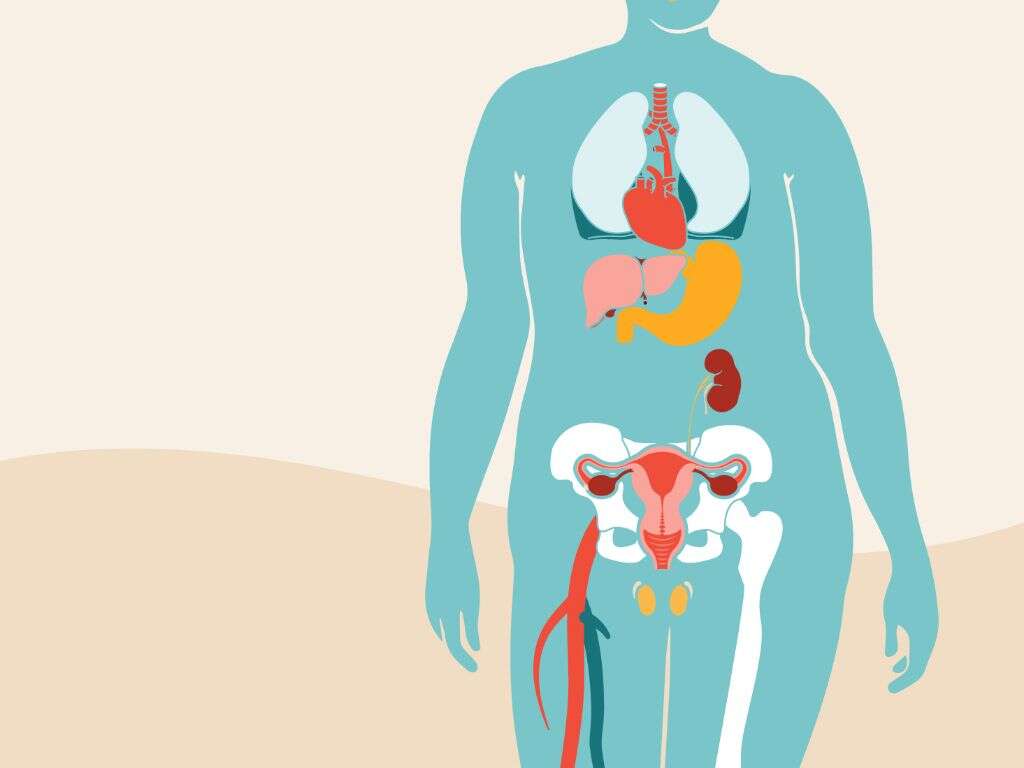
5. Sugar
Aside from carbohydrates, a diet high in sugar can also increase the risk of NAFL. Sugary beverages like soda and energy drinks have become increasingly popular with both adults and children. They are, however, high in glucose. Glucose also converts into fat that is stored in the cells. This helps to encourage a fatty liver and obesity.
With the heightened consumption of such beverages, there is a higher risk of elevated blood sugar. This further increases the risk of type II diabetes and pre-diabetes. Diabetes leads to insulin resistance that has been linked to increased liver fat storage. Lowering blood sugar levels is vital to managing the risk of fatty liver.
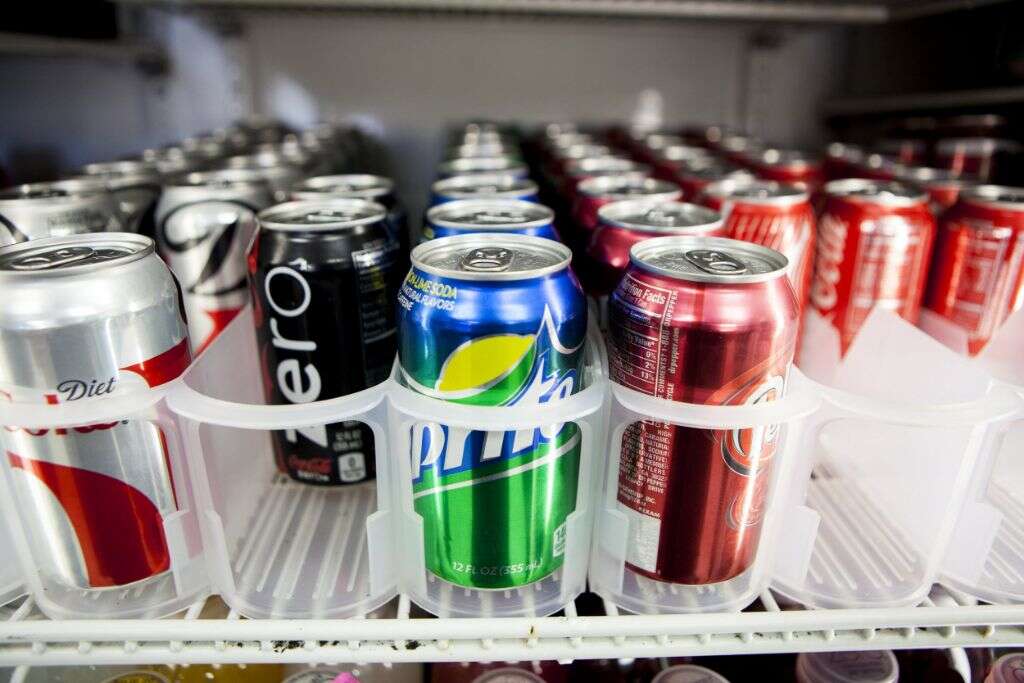
6. Symptoms
Fatty liver can be difficult to diagnose in the early stages as symptoms may not appear. This is why many people are believed to suffer the condition but go undiagnosed. For those that do suffer symptoms, one of the signs to look for is fatigue. Some also experience slight pain in the abdominal area, possibly due to inflammation of the liver. The pain may be in the center or to the right side of the abdomen.
When NASH occurs, a person may suffer nausea, more severe abdominal pain, appetite loss, and yellowing of the skin and eyes. Certain tests can also help to confirm a diagnosis of fatty liver. A liver enzyme test with elevated levels of AST and ALT are a strong sign. Elevated levels of insulin and cholesterol are other indicators.

7. Liver Biopsy
The most assured way of verifying a diagnosis of NAFL or NASH is through a liver biopsy. This is an invasive test that involves collecting a sample of liver tissue for examination. It is done by a doctor who will use a needle to secure a sample.
Because this involves piercing into an organ, the patient will likely suffer some pain. A local anesthetic is usually administered during biopsies for the patient’s comfort. The less invasive way to get a diagnosis would be an ultrasound. Some ultrasounds can be detailed enough to determine the level of fat and scar tissue the liver has suffered.
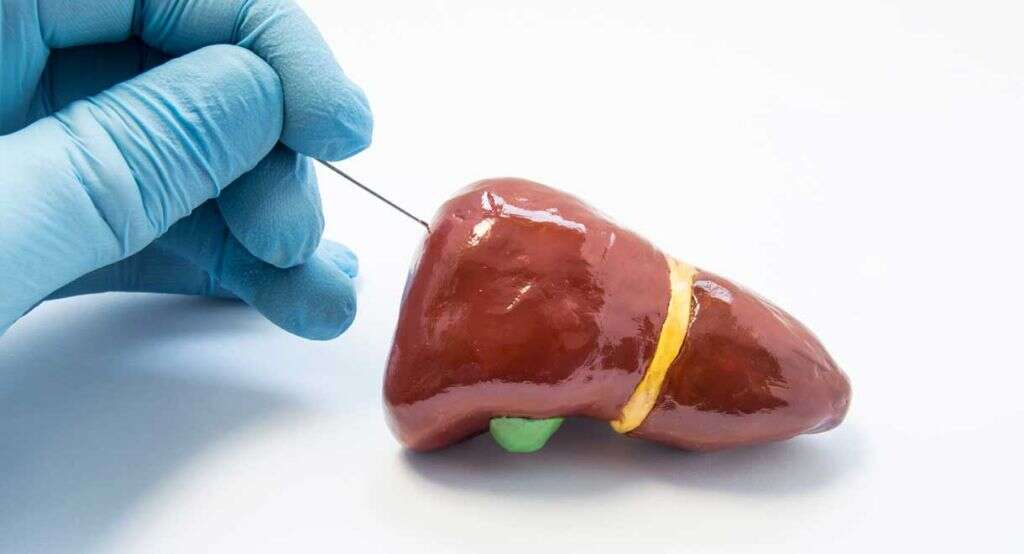
8. Complications
Many people who are obese and carry other risk factors will likely suffer from some level of fatty liver. The condition does not necessarily result in health problems and most will live relatively normal lives. Some symptoms can also be mistaken for other mild conditions.
Others will, however, suffer progressively worse symptoms that result in NASH, liver failure, and cirrhosis. The scarring that leads to liver failure and cirrhosis means the liver is unable to properly heal and regenerate. If the condition remains untreated, liver cancer can also develop. The only viable remedy when there is liver failure is a liver transplant.

9. Risk Factors
Many cases of NAFL are found to be in people who are obese. Suffering insulin resistance, type II diabetes, and high cholesterol can also contribute. Carrying a large amount of belly fat also places a person at greater risk. These are factors that can often reverse the effects of a fatty liver if acted on early. Making healthier lifestyle changes can be a big help.
Other risk factors also include women who are pregnant and those that suffer polycystic ovary syndrome. Those with a history of hepatitis C infections are also at risk. Genetics may also play a role as those with family members that have suffered the condition are also likely to develop the same.

10. Treatment
Fatty liver disease cannot be treated with any particular medication. If diagnosed early as NAFL, however, there is reasonable hope it can be reversed, but this will require a commitment to a healthier lifestyle. A sufferer would have to start avoiding alcohol and adhere to a healthier diet. Cutting back on refined carbohydrates and sugar can help.
Losing weight, especially around the belly is also beneficial. Try to exercise most days of the week and you may also want to consider increasing your vitamin E and omega-3 fatty acids intake. Vitamin E may help in reducing inflammation and insulin resistance. Omega-3 fatty acids may aid in the reduction of liver fat and boost cardio health.




